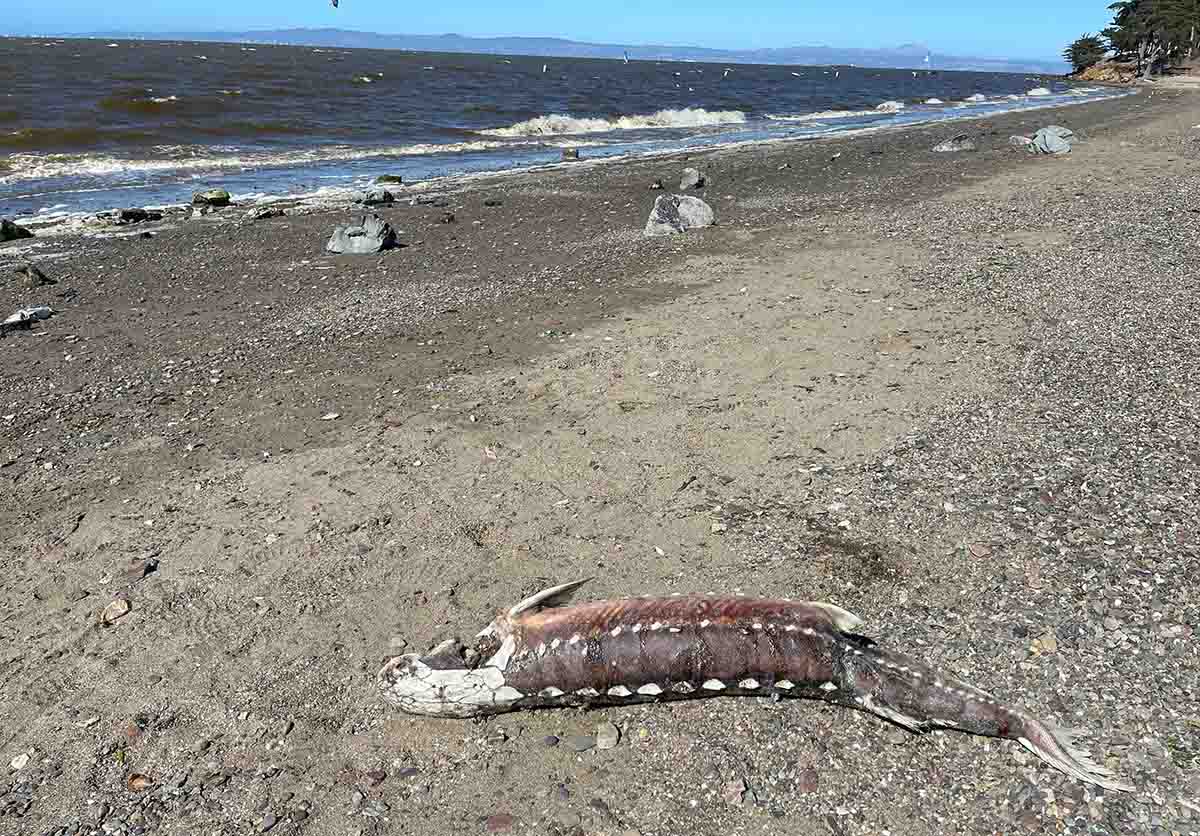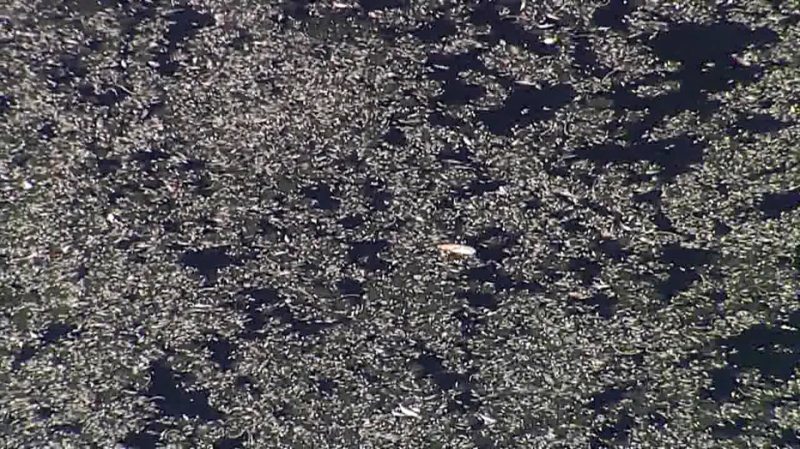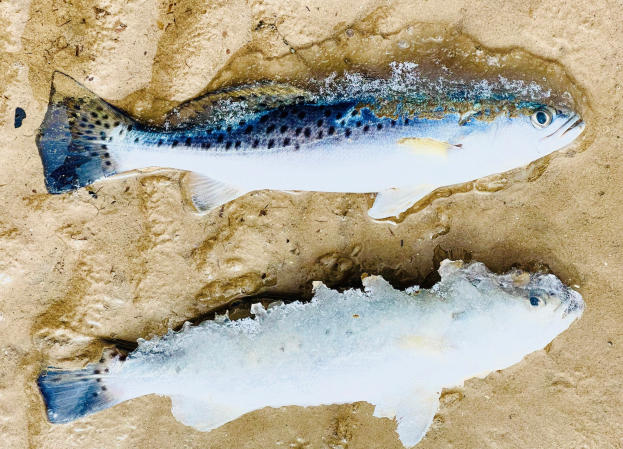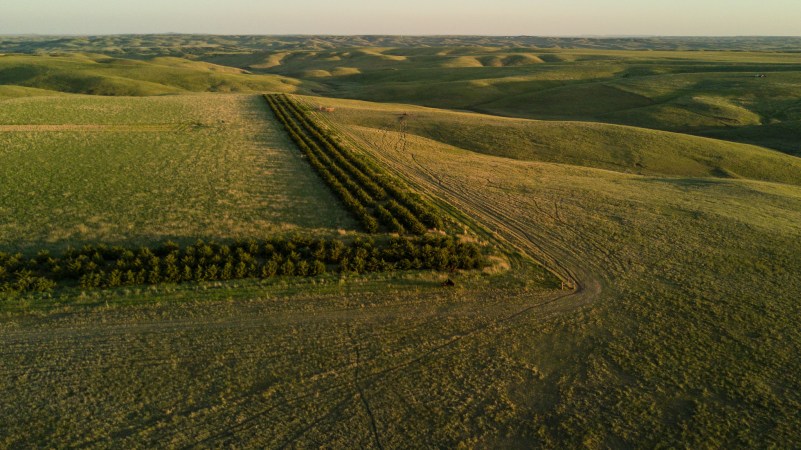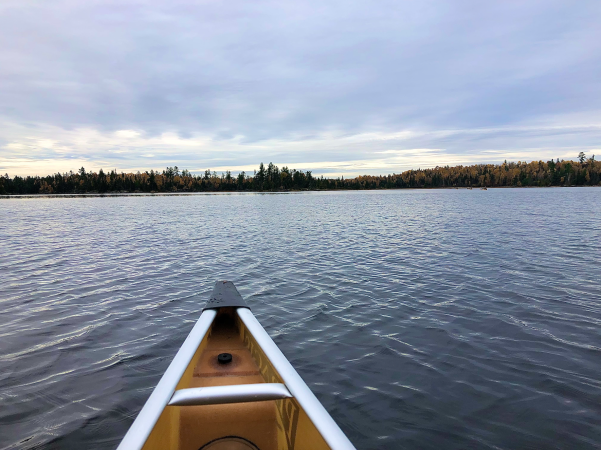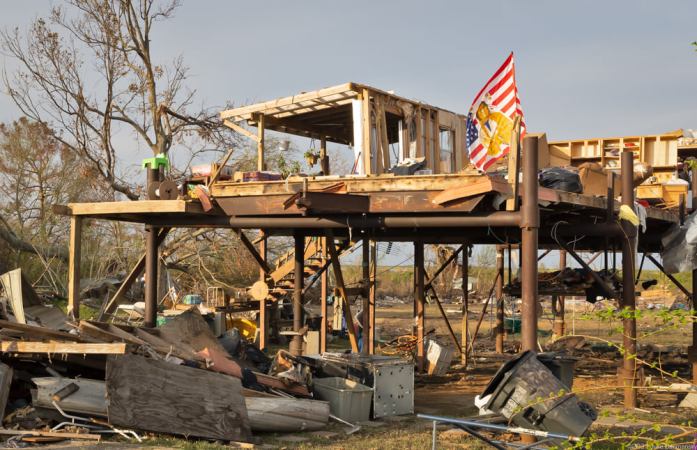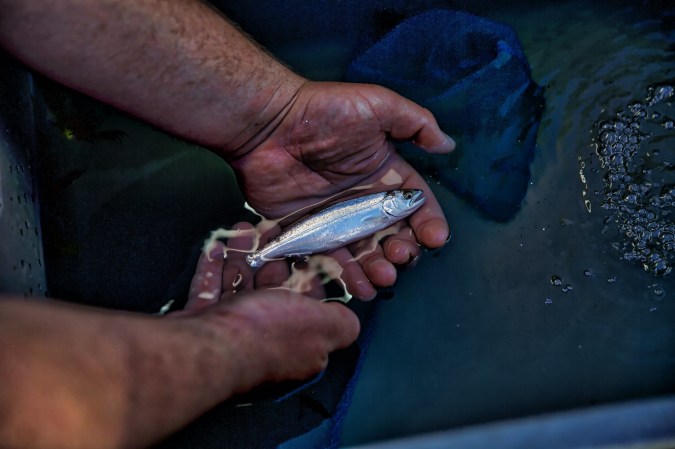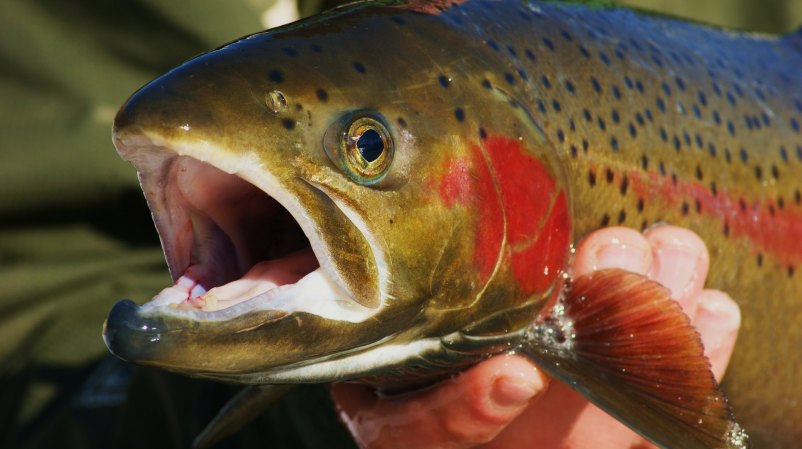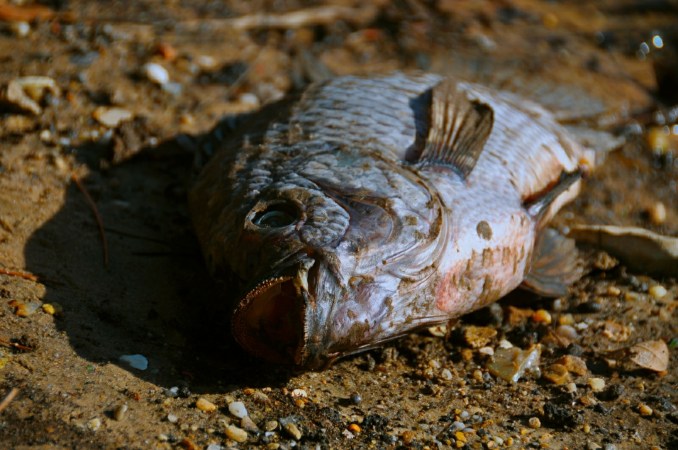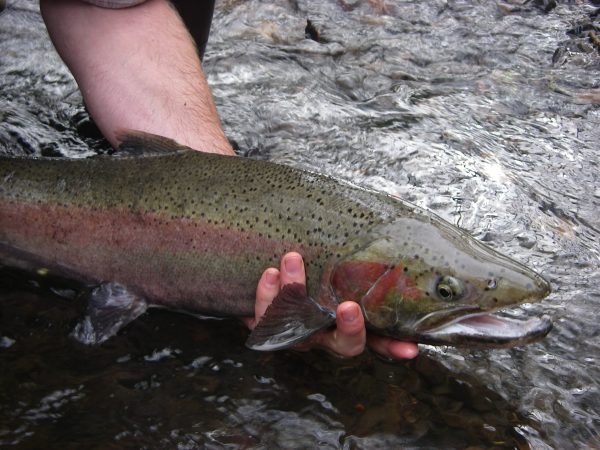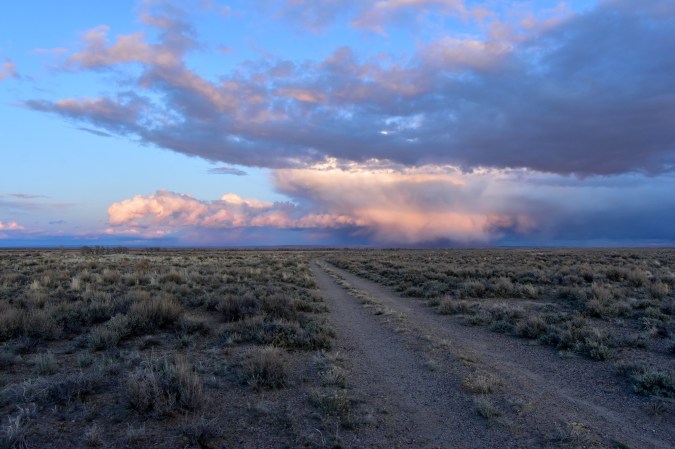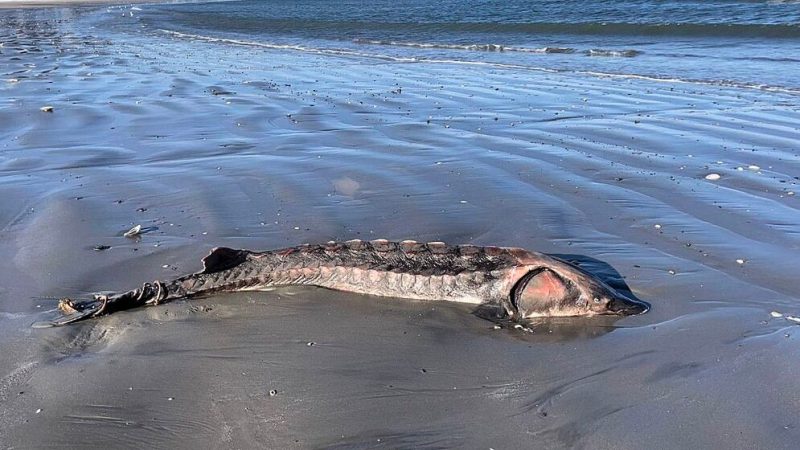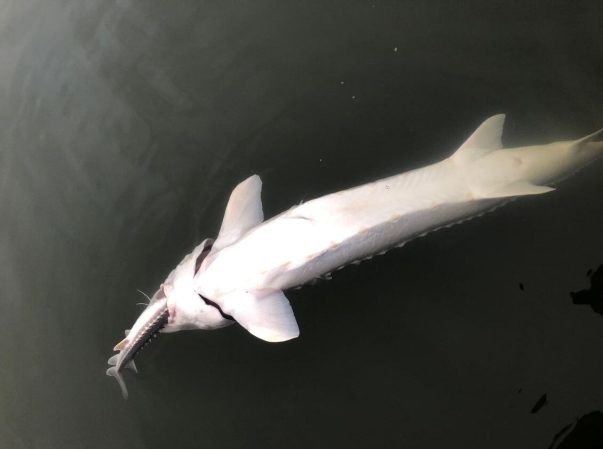A harmful algal bloom known as a “red tide” has been spreading since July in San Francisco Bay and its surrounding waters. As water temperatures have risen in late summer, the red tide has reached a toxic level and is killing unprecedented numbers of fish and other marine life, on-site experts say.
USA Today reports that large numbers of white sturgeon, striped bass, rays, and crabs have died in San Francisco Bay. The fish kill has been particularly bad in Lake Merritt, a tidal lagoon on the east shore of the bay near Oakland.
These algal blooms that marine biologists refer to as “red tides” occur naturally during times of extreme heat, but they are exacerbated by environmental degradation and water quality issues. The red tide currently affecting the San Francisco Bay area is caused by a microorganism called Heterosigma akashiwo, according to USA Today.
“This species [of algae] is associated with massive fish kills elsewhere,” fishery ecologist Jon Rosenfield, who works with San Francisco Baykeeper, told the Stockton Record. “It is unknown whether the bloom is causing a drop in dissolved oxygen, or producing a toxin that kills fish, or both.”
Either way, the result is that rotting fish carcasses are fouling the bay’s shorelines and creating an environmental health hazard—not to mention the putrid smells released by decomposing fish. Bay Area experts are also worried that the situation could worsen, as there is yet another heatwave in the forecast.
Read Next: Watch: Hooked Mako Shark Goes Airborne, Jumps into Fishing Boat
While algal blooms aren’t uncommon these days, Rosenfield explained that this particular red tide is unprecedented in both its size and duration.
“Small, short-lived algal blooms around the Bay’s margins are not uncommon,” he explained. “But nothing of this scope has been reported before in the Bay.”
The deadly red tide was first reported in the Alameda Estuary near the Oakland Inner Harbor in July. It’s been spreading ever since, according to Eileen White, executive officer of San Francisco Bay Regional Water Quality Control Board. White worries that the bloom could grow due to the 100-degree-plus heat that is predicted in the near term.
White also told the Associated Press that while the algae isn’t known to be toxic to people, it can cause skin and eye irritation. For this reason, her office is recommending that people and pets stay out of any water that looks reddish-brown.
“We don’t know when it’s going to end,” White said.

